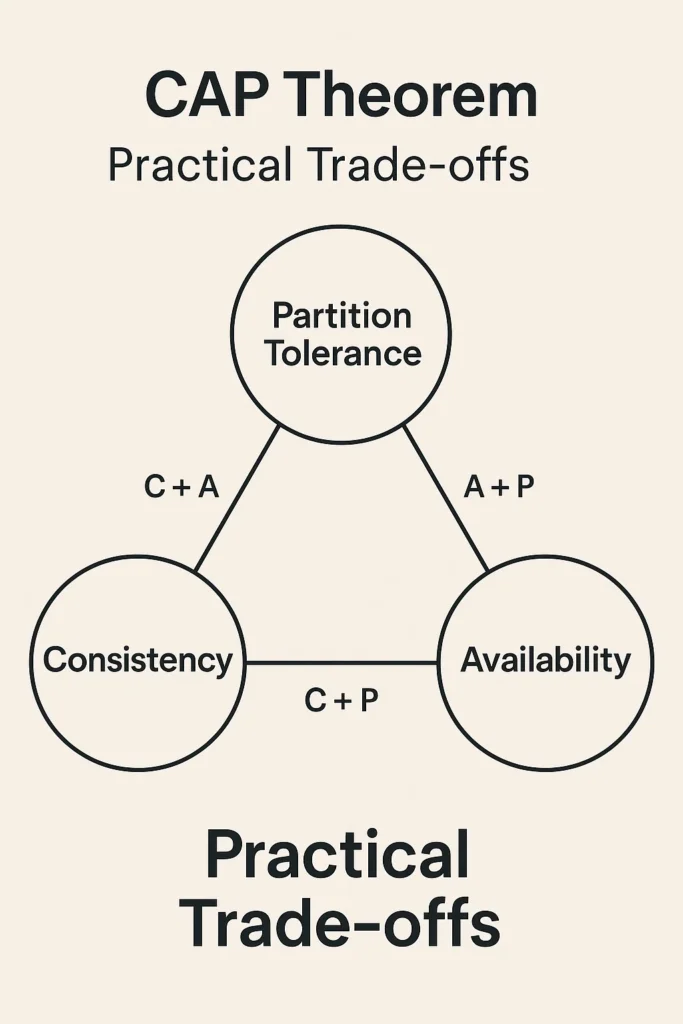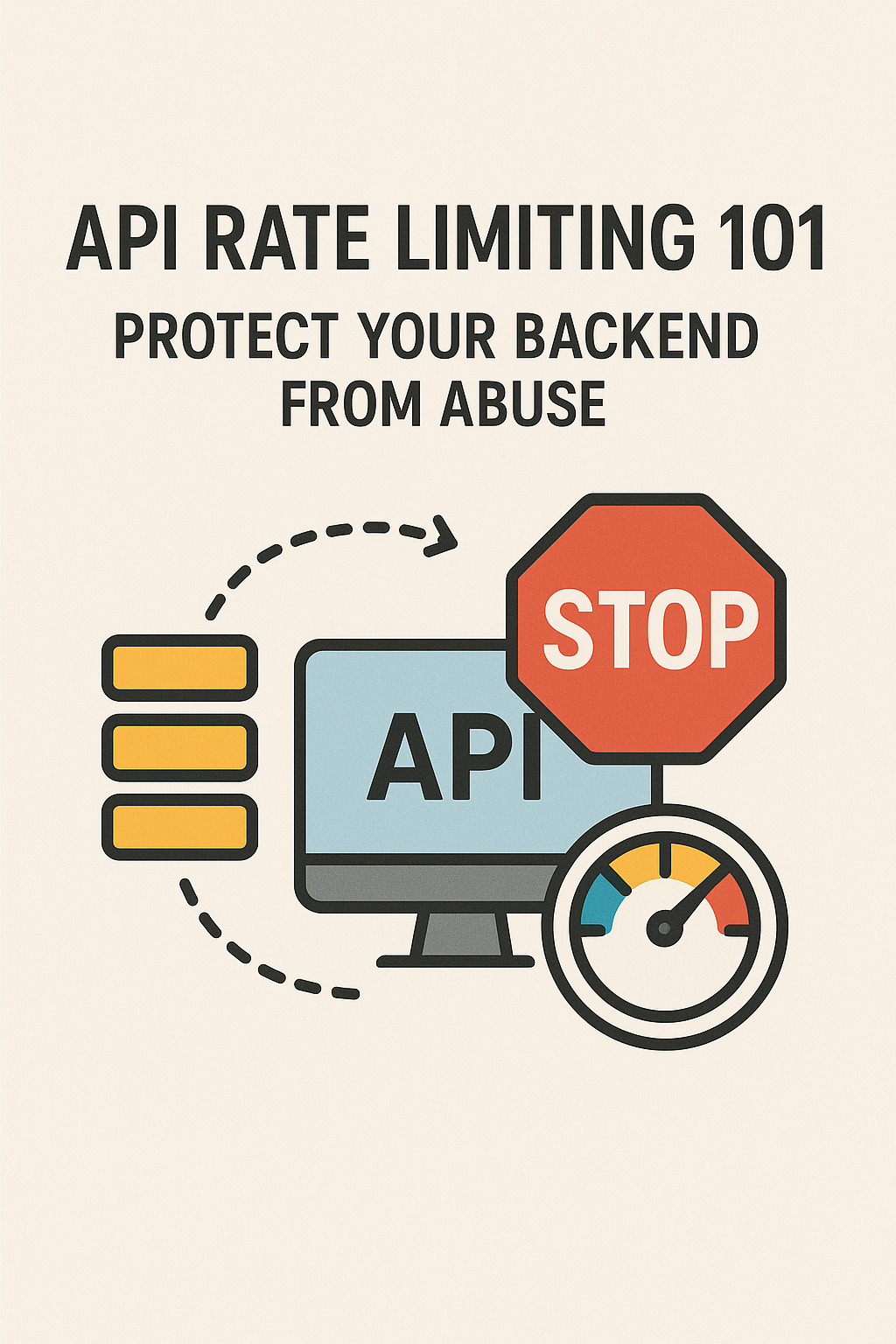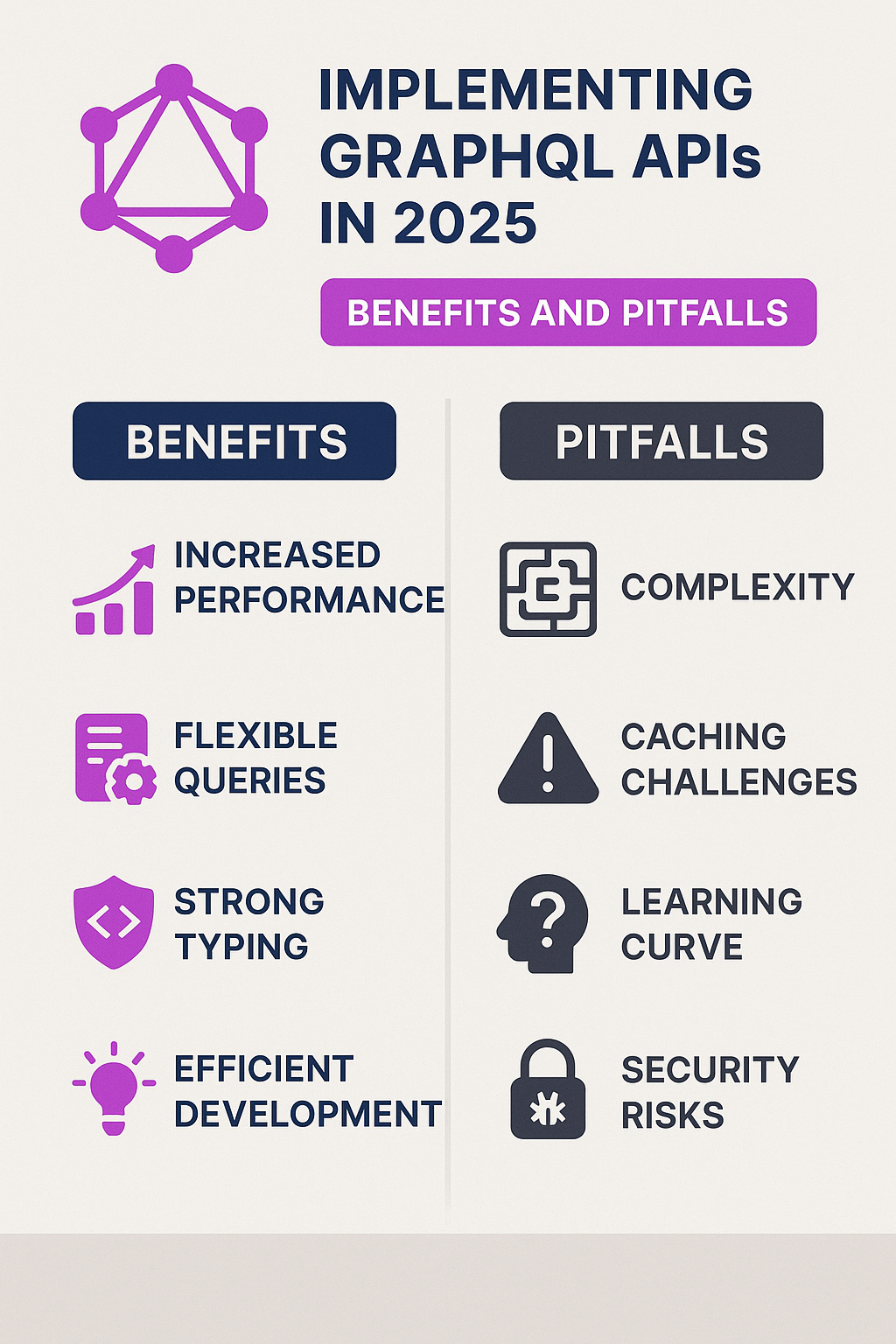
What Is the CAP Theorem?
The CAP theorem is a core concept in distributed systems. It explains that when a network splits (a “partition”), a system can only guarantee two out of three properties:
- Consistency (C) – Every client reads the same data, no matter which node it contacts.
- Availability (A) – Every request gets a response, even if some nodes fail.
- Partition Tolerance (P) – The system keeps running even when communication between nodes is broken.
This idea was introduced by Eric Brewer in 2000 and later proven by Gilbert and Lynch. It forces system designers to choose what matters most during failures.
Why the CAP Theorem Matters
Modern systems rarely stay in perfect sync. Network delays, outages, or scaling events can always happen.
Understanding the CAP theorem helps developers:
- Design more reliable distributed databases.
- Choose between consistency and speed.
- Predict behavior during partial failures.
In short, CAP defines your trade-offs. You can’t have everything all the time.
Breaking Down the Three Properties
1. Consistency
When data is consistent, all nodes show the same result at the same time.
For example, in a banking app, your balance should be the same whether you check from your phone or a desktop.
However, keeping full consistency can slow down systems, since nodes must communicate before confirming a write.
2. Availability
A system is available when it always replies — even if some parts are down.
This often means returning older data instead of waiting for updates.
Availability keeps users happy during failures but can lead to temporary inconsistencies.
3. Partition Tolerance
No system can avoid network partitions. Instead, partition tolerance means staying operational when parts of the network can’t talk to each other.
Systems that ignore partitions risk total downtime, which is why P is often non-negotiable in distributed environments.
Common CAP Trade-offs
| System Type | Properties Prioritized | Example |
|---|---|---|
| CP (Consistency + Partition Tolerance) | Prefers accuracy over speed | MongoDB (with majority writes), HBase |
| AP (Availability + Partition Tolerance) | Prefers uptime over strict accuracy | Cassandra, DynamoDB |
| CA (Consistency + Availability) | Works well only without partitions | Single-node SQL databases |
In real life, CA systems rarely exist at scale because network failures are inevitable.
How Modern Systems Handle CAP
Today’s databases often balance CAP dynamically. For instance:
- MongoDB can be tuned for either strong consistency or higher availability.
- Cassandra uses eventual consistency, meaning updates spread over time.
- CockroachDB tries to achieve global consistency using Raft consensus and smart replication.
Developers choose what to prioritize based on their system’s needs — financial systems lean toward consistency, while social apps often favor availability.
Practical Tips for Engineers
When designing distributed systems:
- Expect network failures — they will happen.
- Decide what your users value most: accuracy or uptime.
- Test partition scenarios using tools like Jepsen.
- Monitor replication lag and response times to adjust balance.
The CAP theorem isn’t a limitation — it’s a guide for making smarter design decisions.
Final Thoughts
Understanding the CAP theorem helps you design systems that behave predictably under pressure.
Every architecture, from SQL to NoSQL, reflects a different CAP balance.
To learn how these choices affect API reliability, read Circuit Breakers & Resilience Patterns in Microservices.
For a deeper dive into distributed design, check out the Google Cloud Architecture Center.



